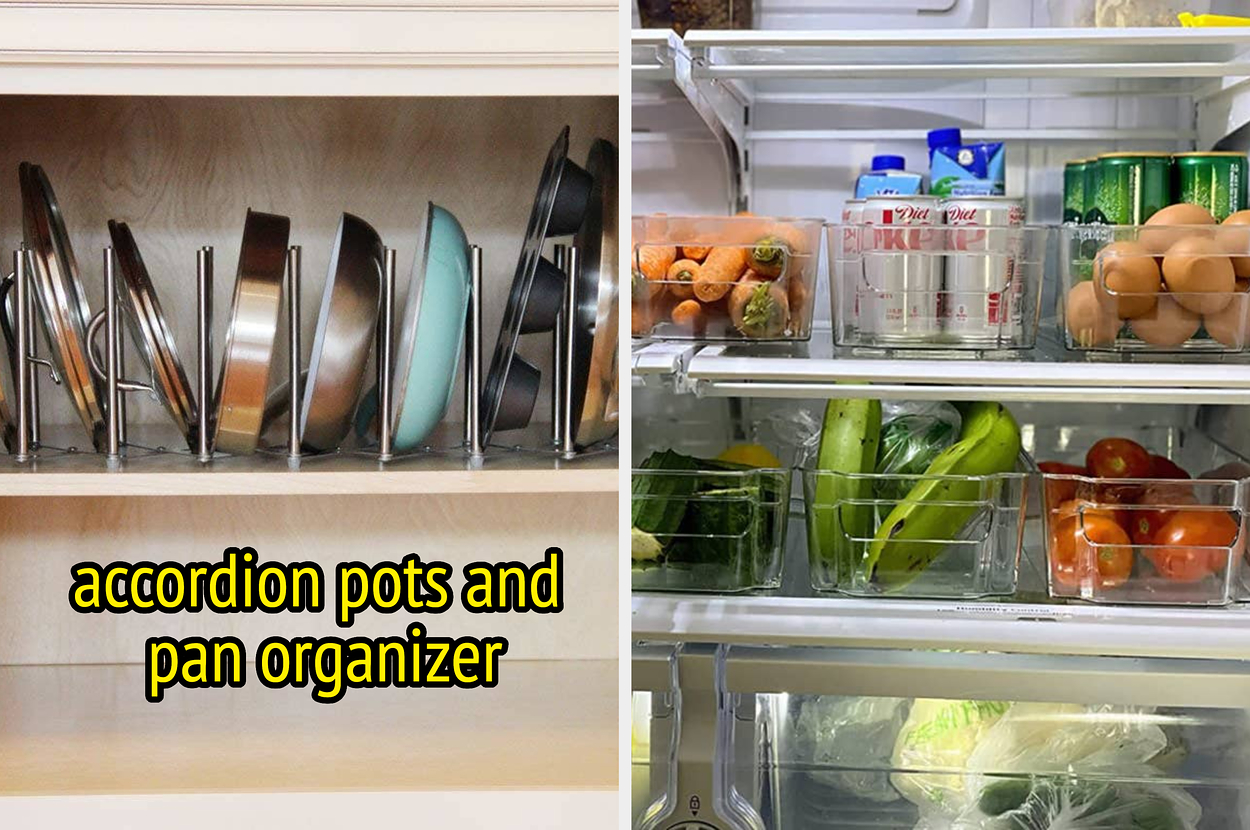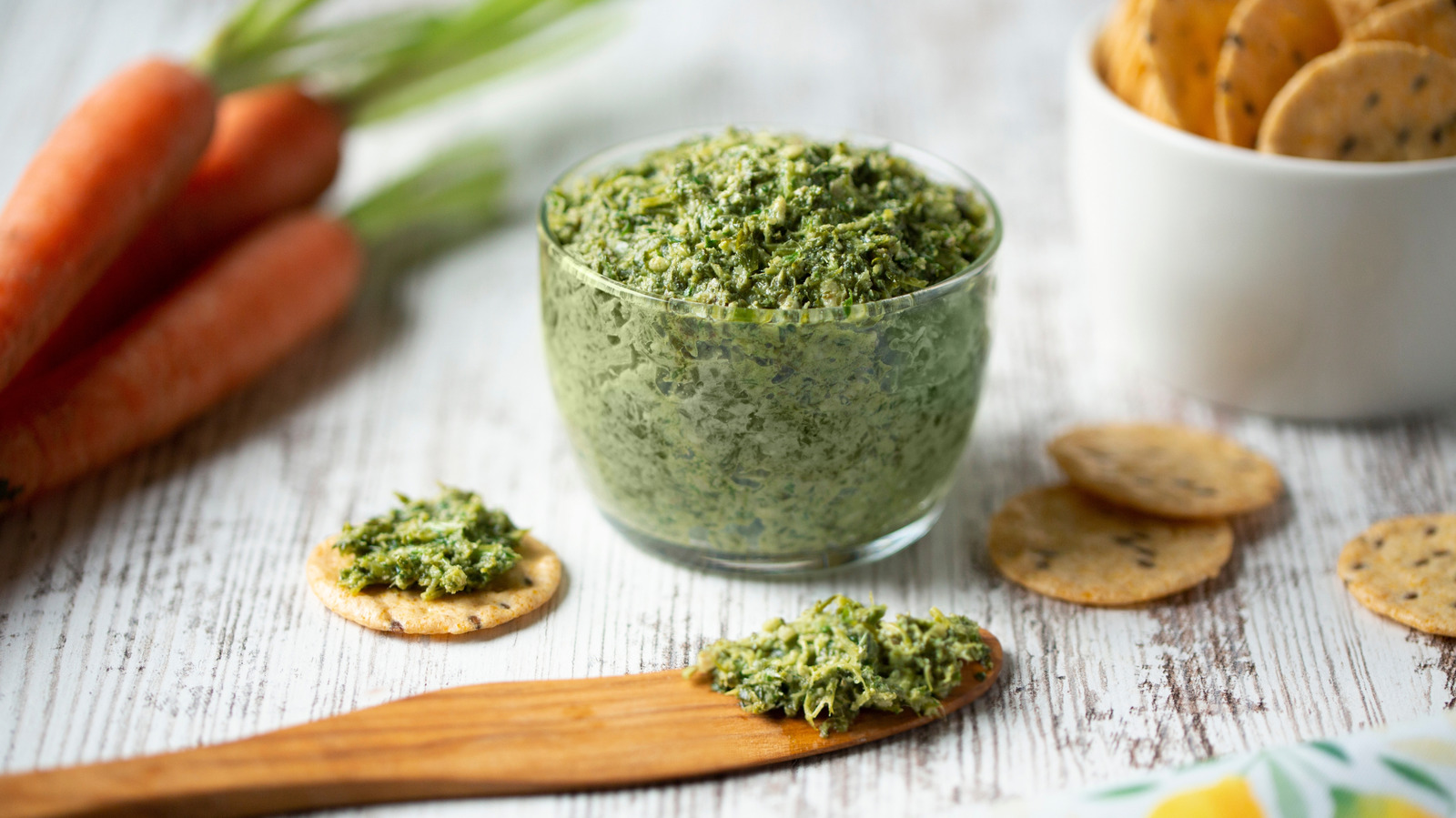
Savory Cabbage Pancakes. Photo by Philip Portnoy My partner and I rush to the Portland Farmers’ Market every Saturday morning. We chivy each other out of bed, gather our reusable shopping bags, produce sacks and returnable jars, and hustle out the door.
To beat the crowds, we aim to arrive as the vendors are still unloading their last boxes of produce. If you’d like to contribute to Home Plates, send a recipe and a story telling us how you came to cook it, who you cook it for and why it’s found a place in your life to [email protected] .

Also, please tell us a little bit about your life as a home cook, include a photo of the dish, and yourself, possibly together, and let us know the source of the recipe. Most of our shopping is done at the market, aside from a few staples from the grocery store, such as rice and tortillas. Our grocery list is short.
We select most items when they catch our eye as we meander past the stall. Meat, vegetables, fruits and cheese – we find them all. I brainstorm recipes as I walk.
When I am stumped, I get cabbage or potatoes as they’re so versatile. Or I buy the softest tomatoes to make into sauce, fearing that no one else will buy them and they’ll go to waste. We are regulars at some vendors.
While browsing their selections, we ruminate on the weather as only farmers can. Or engage in the age-old Maine tradition of comparing our families’ longevity as Mainers, my family’s eighth-generation subsistence-turned-hobby farm to their 15th-generation apple farm. They throw in free onions or heads of garlic.
We take our time. The market is our weekly ritual, our window into a slower, simpler age when communities gathered to trade goods and gossip. When we leave, we step through a portal back into the frenetic urgency of today’s world.
At home, our purchases are cleaned and stored and, sometimes, forgotten. Throughout the week, our well-laid plans to cook and eat at home are superseded by invitations for dinner with my parents, a new gluten-free pop-up, or last-minute business lunches. By the following Friday, we’ve eaten most of the perishables.
But there are stragglers. A half-used free onion was shoved to the back of the crisper and overlooked. Some uneaten carrots are beginning to go limp.
The cabbage, outshined by the more exciting mushrooms and the last-minute cherry tomatoes, has yet to be eaten. Throwing them out is not an option. Our weekly grocery haul is humanely raised, locally grown and in-season, or small batch and locally sourced.
Our dedication to the market is driven by a commitment to sustainability. Suppose I throw away those limp carrots or uninspiring cabbage. Suppose I throw away those limp carrots or uninspiring cabbage.
They’ll join the 40% of food produced in America that goes uneaten. Because I do not have an at-home composting system, they’ll either be incinerated, producing air pollution, or end up in a landfill, releasing greenhouse gases while breaking down. Luckily, a few years ago, a well-worded Google search and the website Budget Bytes presented me with the perfect solution to my limp vegetable and looming food waste woes: Savory Cabbage Pancakes.
Simple and adaptable, I modified the recipe to make it my own. Savory Cabbage Pancakes Make these delicious pancakes with any vegetables that need to be eaten. Leave on edible peels to minimize waste and maximize flavor and nutrition.
I often use leftover bacon grease instead of oil to fry them. You can substitute a gluten-free flour, if you like; I use Bob Mill’s All-Purpose Gluten-Free Flour. The recipe comes from the website budgetbytes.
com. No need for precision as most of the measurements are merely guidelines. I like to top the pancakes with sriracha mayo, Frank’s hot sauce or sour cream and sauerkraut.
Anything savory is an option, including leftover takeout sauces. Yield: 6 – 8 pancakes 2 eggs (chicken or duck) 1 1⁄2 tablespoons soy sauce 1 teaspoon toasted sesame oil 3/4 to 1 cup whole-grain wheat flour 4 cups shredded green cabbage 1-3 cups grated, shredded or sliced vegetables, such as onions, beets, carrots, potatoes, chives, fresh herbs or scallions 2 garlic cloves, minced 1⁄2 teaspoon garlic powder 1⁄2 teaspoon onion powder 1⁄4 teaspoon smoked paprika Salt and pepper 1 tablespoon oil for frying, plus more if needed Whisk together the eggs, soy sauce and sesame oil in a large bowl until smooth. Begin whisking in the flour, 1/4 cup at a time (use up to 1 cup, depending on how pancake-y you want your pancake to be.
More flour makes a more bready texture, while less emphasizes the vegetables). Add 1/4 cup water last, slowly pouring until it forms a thick, smooth batter (you may need more or less than 1⁄4 cup). Add the cabbage and vegetables to the batter and stir until the vegetables are mixed and everything is evenly coated in the batter.
Add the garlic and spices. Add salt and pepper to taste, no more than 1 teaspoon, no less than 1⁄4 teaspoon). Heat 1⁄2 tablespoon oil in a large cast-iron skillet over medium heat (a non-stick pan is also fine, but stay away from those coated with PFAS ).
Once the oil is hot, add around 1⁄2 cup of the batter. Shape the batter on the hot skillet to form a circle about 6 inches in diameter and 1/3 inch thick. Cook 3 – 4 pancakes per batch, adding more oil for frying as necessary between batches.
Cover the skillet to hold in the steam, which will help the vegetables soften as they cook. Cook the pancakes for 4 – 6 minutes until they hold their shape enough to be easily flipped. Before you flip them, remove the lid for 1 minute to release the moisture.
Check that the pancake is golden brown on the bottom (5-7 minutes total), then flip and repeat on the second side. When your pancakes are done, spread them in 1 layer on a large plate until you are ready to eat them. If you stack them, they will get mushy.
Cook your second batch. Serve the pancakes with sauce or toppings. They refrigerate well.
Hanna Hamblen. Photo by Philip Portnoy MEET THE COOK, Hanna Hamblen I was raised on a “bicentennial family farm” in Gorham; it has been in our family for more than 200 years. My parents prioritized travel and good food, cultivating my lifelong passion for cuisine from across the globe.
After college in upstate New York, I spent my 20s living in Boston and San Diego, before returning to Maine. While I was away, I met my partner, Philip. Our relationship developed from a solid foundation – a mutual love of cooking and eating.
Cooking is the best part of my week. After a Saturday morning spent gathering ingredients at the farmers market and the Portland Food Co-op, I usually spend a blissful afternoon meal prepping. I have ADHD, and it is reflected in my cooking style.
Sometimes I am halfway through a recipe before I remember to review the whole thing or to read the notes. My measurements are imprecise. And when I am finished, the kitchen is a disaster.
Sustainability and simplicity are the driving forces behind my cooking style. I also believe every single meal should be enjoyed thoroughly. When I started cooking for myself after college, frugality was my priority.
I learned to adapt recipes, strategically removing or substituting ingredients to cook healthy, delicious meals with fewer ingredients and less waste. As my salary increased, so did my eco-anxiety. I began purchasing locally sourced, sustainably produced, seasonal ingredients.
I live in Standish with my partner, Philip, and our cats, Stella, Luna and Loki (our engagement kitten). I mainly cook for us. When we are invited to a gathering, I always make something homemade.
I rarely test a recipe before serving it to guests (I have been very lucky thus far). It gives me joy to share a simple and sustainable recipe with my loved ones. We invite you to add your comments, and we encourage a thoughtful, open and lively exchange of ideas and information on this website.
By joining the conversation, you are agreeing to our commenting policy and terms of use . You can also read our FAQs . You can modify your screen name here .
Readers may now see a Top Comments tab, which is an experimental software feature to detect and highlight comments that demonstrate compassion, reasoning, personal stories and curiosity, and encourage and promote civil discourse. Please sign into your Press Herald account to participate in conversations below. If you do not have an account, you can register or subscribe .
Questions? Please see our FAQs . Your commenting screen name has been updated. Send questions/comments to the editors.
.














